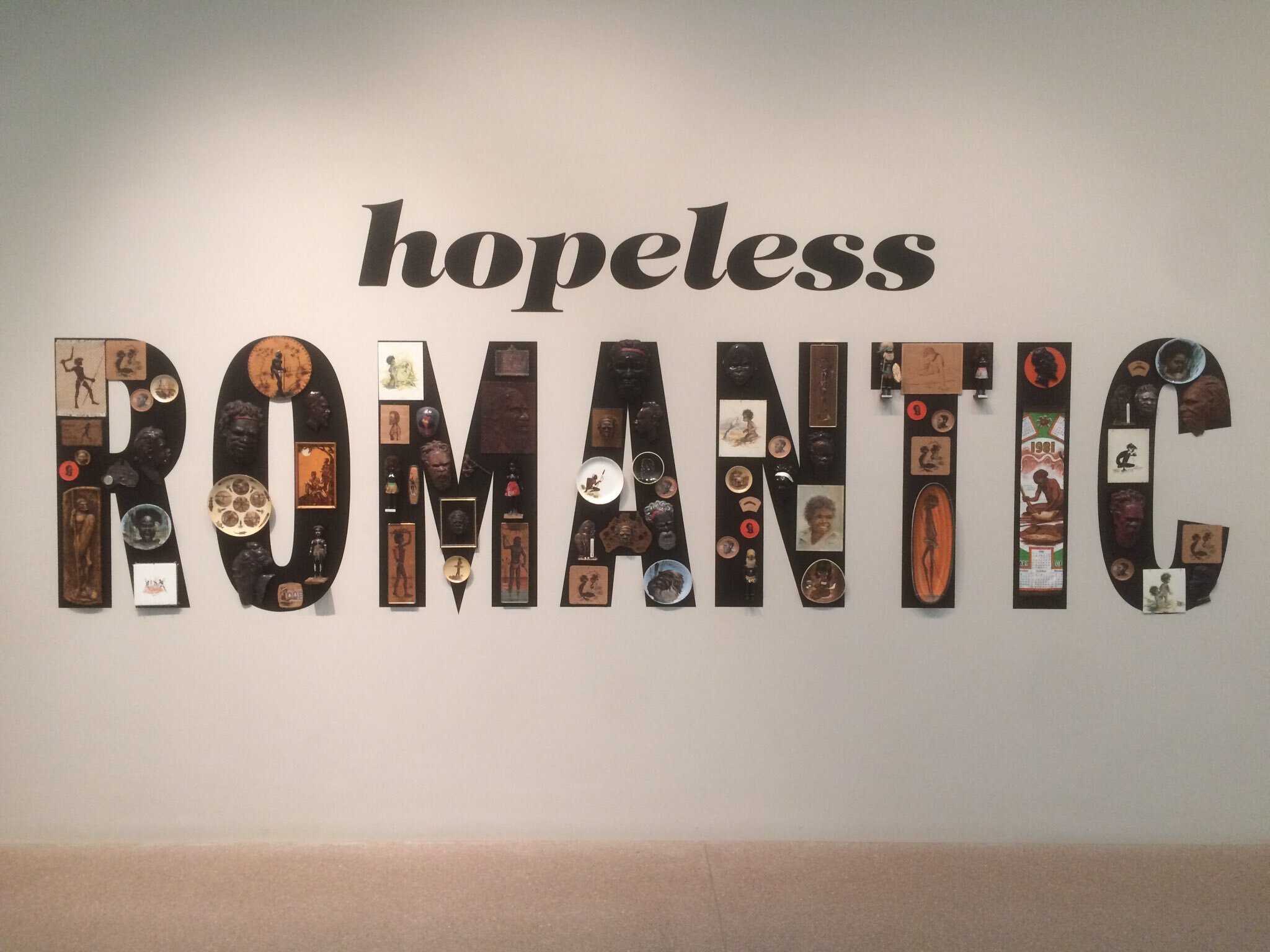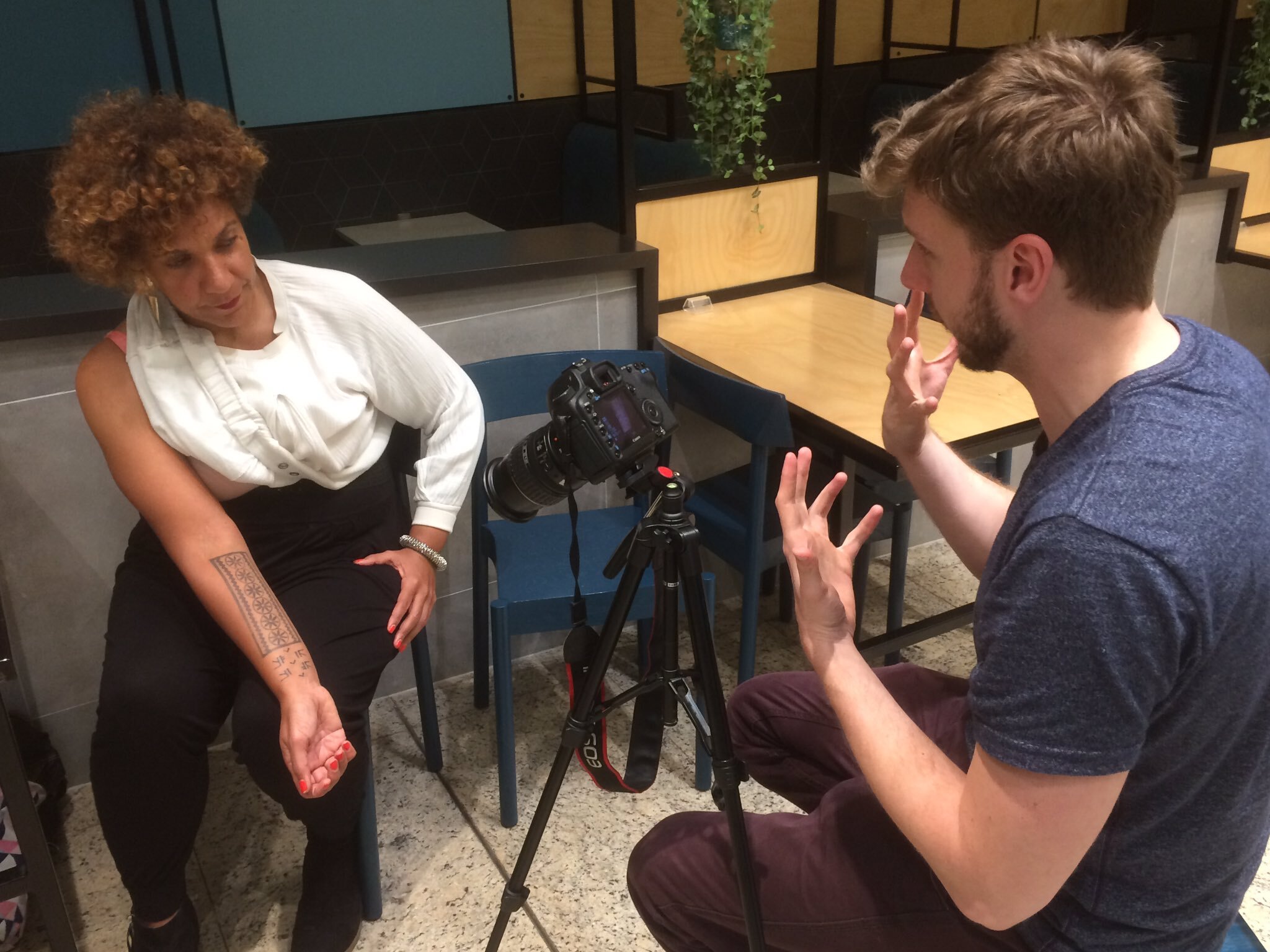A taongo of a trip
Sacha’s collage of all our interviewees © Royal Museums Greenwich
As you know I’ve been travelling in the Pacific with my colleague Sacha Coward, meeting, researching and consulting for the National Maritime Museum’s ‘Pacific Encounters’ gallery due to open in September 2018. You can read a Storify/Wakelet of our daily tweets, and view my phone snaps from the trip.
But, as I usually try to summarise my thoughts from the museums visited in a new country, I thought I’d try to put some thoughts down here, making the most of the time on the long, long journey home.
Here’s the trip in stats:
We’ve travelled to 10 different places, in 3 countries over 22 days (plus 4 days travelling here and back, and 3 additional airport stopover locations).
We’ve been on 13 flights, 1 coach, 4 ferries, 2 speed boats, 1 drua, 5 trains, 5 buses, 7 taxis, and 3 car journeys. My phone estimates we’ve walked over 280,500 steps each.
2 pairs of shoes and 2 bags are unlikely to survive the trip, 2 necklaces were lost, and 1 pair of sunglasses broken.
We’ve visited 18 different museums and galleries (see my usual hit list), had 36 meetings, filmed 17 interviews, and taken over 2,100 photographs between us.
We’ve produced over 190GB of data: 179GB video (10 hours), 7GB of audio, 6GB of photos.
But if I could distil the trip into one word it’d be that it will forever be one of my taonga, a Maori word meaning treasure. Artefacts are taonga, but so are languages, people, beliefs, and places. This trip is a taonga for me because of how it has woven those things together, and given me a better understanding of the richness, interconnectedness and vibrancy of Pacific cultures.
The museums that we visited in New Zealand really brought home to me how museums can bring conflicted histories together. Maori have been battling pakeha (white) settlement and political power in Aotearoa (the land of the long white cloud) since first contact, and the Treaty of Waitangi that supposedly agreed ceding the land to the British crown in 1840 continues to be contentious today. What the museums that we visited do, is to tie Maori and Pakeha stories together seamlessly in their galleries, looking at both sides, using both languages, giving equal weight to both views of the natural world, and doing so with reverence for objects, and a dose of humour that gives a sense of moving forward together. Most memorable for me is the new museum at the Waitangi Treaty Grounds, which ends with a corridor of strong and conflicting opinions on the treaty and what it means today.
In Australia, I found the museums both braver and more unsettling. Aboriginal and Torres Strait Islander people remain much more marginal in Australian society (only classified as people since 1967), with much less of a presence and sense of pride in a shared national culture. In Canberra, the museums and galleries don’t shy away from heart-rending stories of indigenous suffering and white settler disrespect and cruelty, but largely do so in a way that feels detached, in a very neutral curatorial voice. In Sydney, I found the museums more open to direct Aboriginal and Torres Strait Islander voices, telling their stories using words like invasion, racism, murder, but doing so from a position of continuing pride and strength, welcoming visitors to country in a way that seemed to celebrate both an ancient heritage and their connection to the modern city. It’ll take me a long time to think through the galleries we visited in the Australian Museum, presenting the stories and objects of the Eora nation of the Sydney Basin and their ownership of garrigarang (sea country).
We only visited one museum and one gallery in Fiji, but I was quickly impressed with the vibrant arts and literary scene thriving on little investment. The museums, similarly, are less flashy and well-funded than those we visited in NZ and Australia, but seemed to be strongly at the heart of the community, working hard to use collections to educate Fijian children about their heritage and languages as so many are in danger of disappearing. The Fiji Museum also presented complex stories about immigrant Chinese communities, legacies of missionary work, indentured labour, and the strong Indo-Fijian culture that has grown out of those labourers staying; not to mention staging the exhibition of the Veiqia Project, researching the lost art of female Fijian tattooing, one of whose members we had the privilege to interview in Sydney. I’ll long remember the ‘call to arms’ that academic and spoken word artist Dr Frances Cresantia Koya Vaka'uta gave at the exhibition launch at Waisiliva, on the need for government support and understanding of Fijian arts.
That might give you a sense that most memorable of all have been the people that we’ve met and interviewed. We’ve been shown unfailing generosity, hospitality and critical interest in our project. It’s been a pleasure to have positive responses to our gallery plans, but also in-depth discussions about the strengths and weaknesses, and what we might do in the future. We’ve met canoe builders, dancers, community workers, oral historians, poets, artists, Methodist ministers, policy makers, and children, and each one has opened our minds.
Previously Pacific histories were something I had picked up for a job, now I think they’re something that will draw me for the rest of my life.
Too many wonderful photographs to choose from, so here are the top 4 from each country as selected on the return journey.
From the top: New Zealand, Australia, Fiji.












